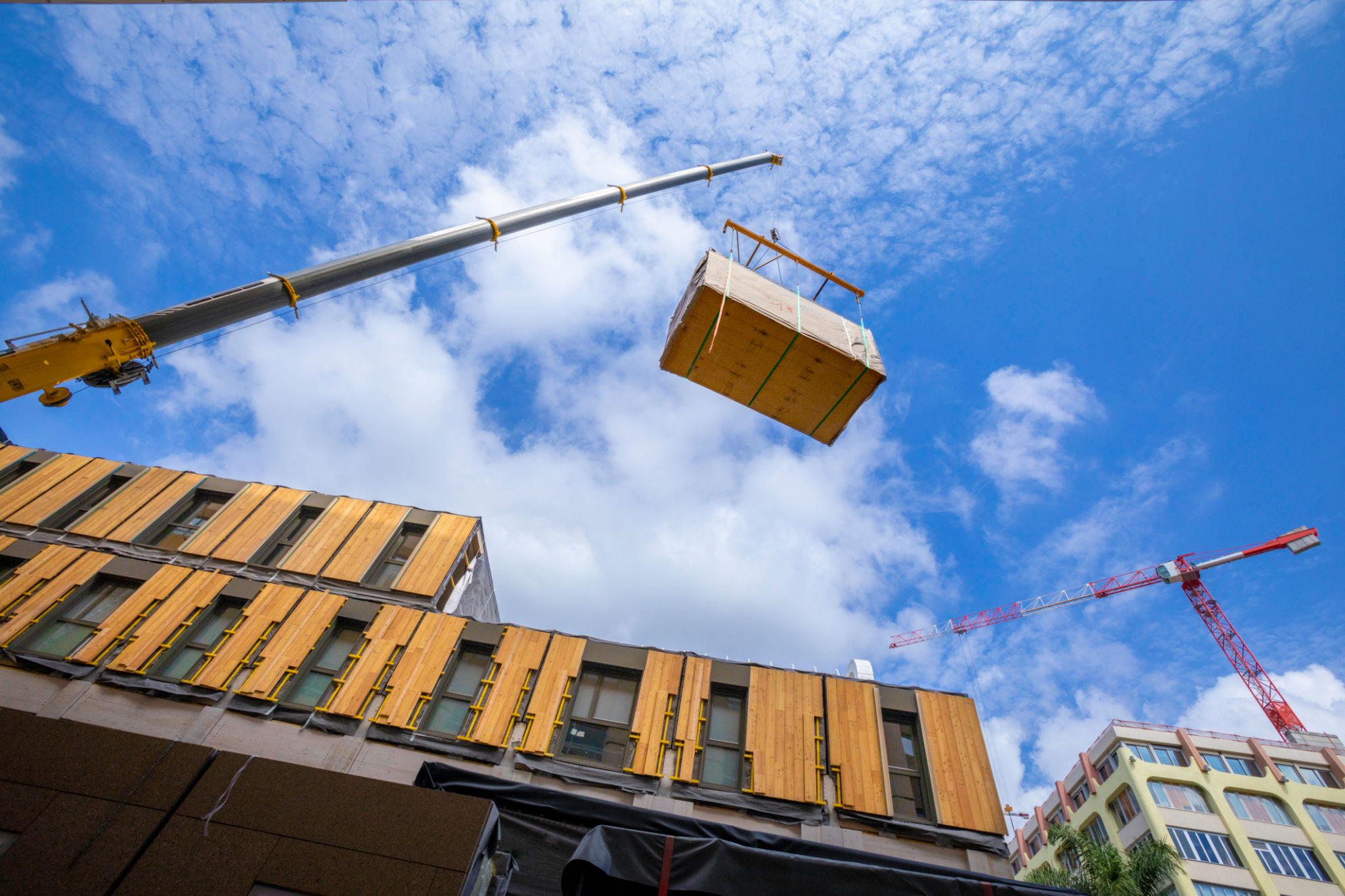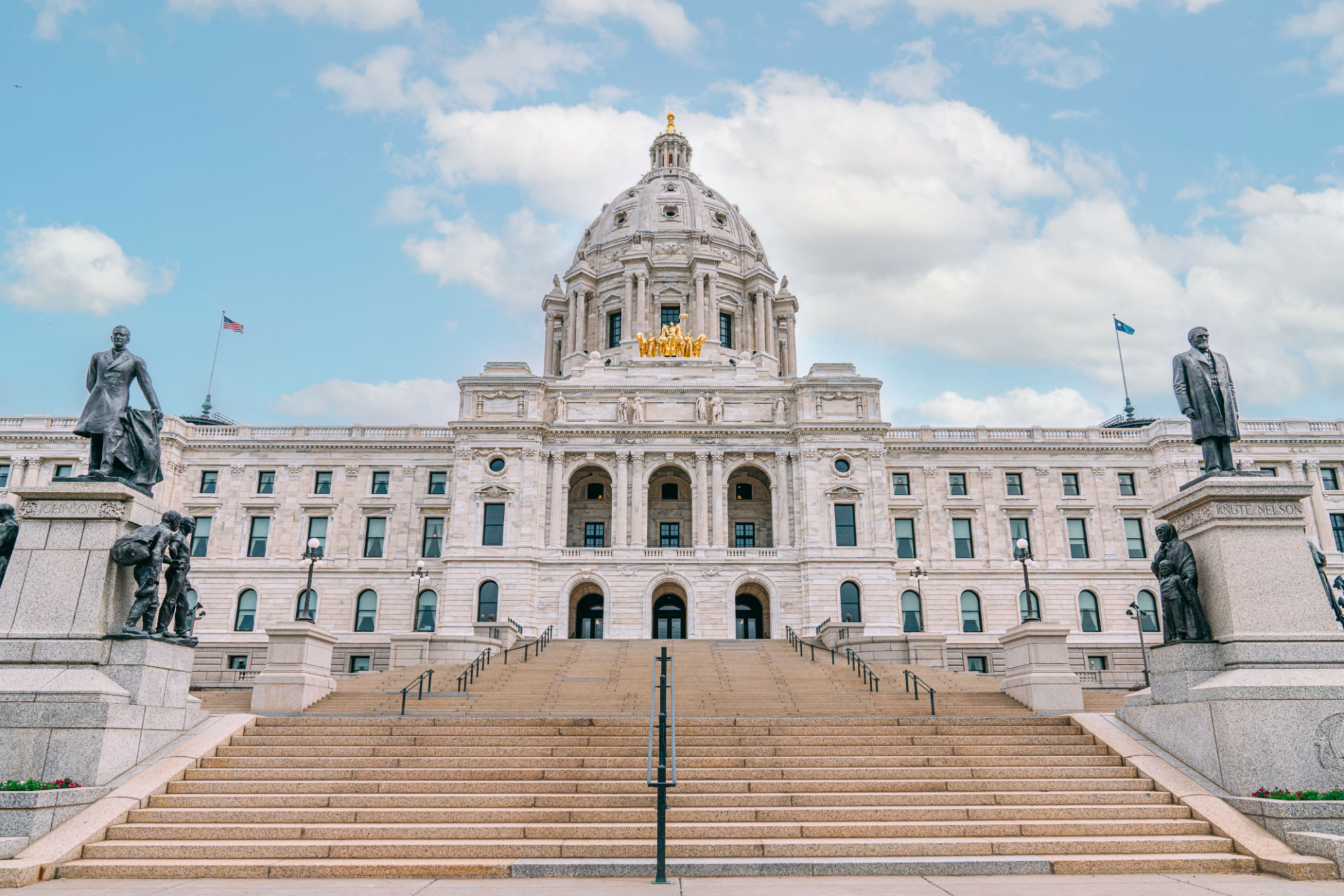Eco-Friendly Building Materials: A Sustainable Choice for Botswana Homes
Introduction to Eco-Friendly Building Materials
As the world continues to grapple with environmental issues, the importance of sustainable living has become more evident. One way to contribute positively to the environment is by choosing eco-friendly building materials for homes. In Botswana, a country rich in natural beauty, this choice is not just beneficial for the environment but also economically viable.
Eco-friendly materials are those that have minimal impact on the environment throughout their lifecycle. They are sourced sustainably, require less energy for production, and often have superior durability. For Botswana homeowners, selecting these materials can be a step towards a greener future.

Benefits of Eco-Friendly Building Materials
There are numerous benefits to using sustainable materials in construction. First and foremost, they reduce the carbon footprint of building projects. This is crucial in combating climate change and preserving Botswana's unique ecosystems.
Moreover, eco-friendly materials often improve the energy efficiency of homes. For instance, materials such as bamboo or recycled steel have excellent insulation properties, helping to keep homes cooler in Botswana's hot climate. This can lead to significant savings on energy bills over time.
Durability and Longevity
Another advantage of eco-friendly materials is their durability. Many of these materials, like reclaimed wood or natural stone, are incredibly robust and can withstand harsh weather conditions. This makes them an ideal choice for homes in Botswana, where temperatures can vary significantly.

Popular Eco-Friendly Materials in Botswana
Several sustainable materials are gaining popularity among builders and homeowners in Botswana. Some of these include:
- Bamboo: Known for its rapid growth and high strength-to-weight ratio, bamboo is a versatile material used for flooring, wall panels, and more.
- Recycled Metal: Using recycled steel or aluminum not only reduces waste but also provides a durable framework for modern homes.
- Adobe Bricks: Made from natural clay and straw, adobe bricks are an ancient building material that offers excellent thermal mass and insulation.
The Role of Local Resources
Leveraging local resources is another key aspect of sustainable building practices. By using locally sourced materials, transportation emissions are minimized, supporting local economies and reducing overall environmental impact.

Challenges and Considerations
While the benefits of eco-friendly materials are clear, there are challenges to consider. The initial cost of some sustainable materials can be higher than traditional options. However, these costs are often offset by long-term savings in energy and maintenance.
Additionally, sourcing certain materials locally might be limited due to availability. This requires careful planning and collaboration with local suppliers and builders who are knowledgeable about sustainable practices.
Future Outlook for Sustainable Building in Botswana
The future of sustainable building in Botswana looks promising. With increasing awareness and demand for eco-friendly solutions, more innovations are likely to emerge in the construction industry. This shift towards sustainability not only benefits the environment but also enhances the quality of life for homeowners.
As Botswana continues to develop, integrating eco-friendly building materials into new constructions can play a significant role in shaping a sustainable future for the nation.
